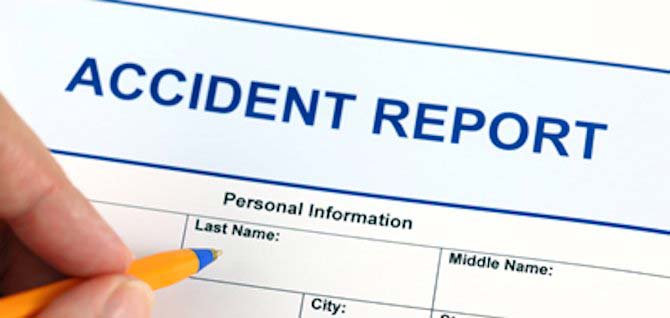10 Simple Workplace, Health & Safety (WHS) tips
These 10 Workplace, Health & Safety (WHS) tips will help you minimise risks and hazards in the workplace. Keep Fire Doors Shut Fire doors must be kept closed at all times (never propped open) if they are to function properly in an emergency. No objects should obstruct fire doors at any time, so if you
Read MoreRoot Cause Analysis During an Accident Investigation
OSHA and EPA Urge Employers to Conduct a Root Cause Analysis OSHA and EPA encourage employers to conduct a root cause analysis following an incident or near miss at a facility. The fact sheet defines a root cause as “a fundamental, underlying, system-related reason why an incident occurred that identifies one or more correctable system failures”. Employers
Read MoreTrain Workers on the Hierarchy of Controls
Train Workers on Hazard Identification and Controls An occupational safety and health (OSH) program also includes training where workers learn more about the OSH program and their responsibilities under it. The training program educates about safety concepts, procedures to follow, how workers can perform their jobs in a safe manner, how to report incidents, and
Read MoreEvaluate the Effectiveness of your Leading Indicators
Leading Indicators Help to Evaluate a Safety Program As part of an occupational safety and health (OSH) program, use both lagging and leading indicators. Lagging indicators measure what has already occurred, such as injuries, illnesses, fatalities, days away from work, etc. They help to comply with regulations that require organizations to keep track of incident
Read MoreWritten Operating Procedures for Unit Startups
Startups & Shutdowns Are More Hazardous Than Normal Operations Recently the U.S. Chemical Safety Board (CSB) released a Safety Digest on Startups and Shutdowns that highlights three incidents that occurred during a startup or shutdown, and provides lessons learned that can be used to prevent future startup and shutdown incidents. Process unit startups and shutdowns are much more hazardous
Read Morethe Pros and Cons of Behaviour Based Safety (BBS)
Behaviour-Based Safety is a program used to inform employees of their overall safety performance. It was founded on the belief that workers can be motivated to behave safely through the use of positive reinforcement. BBS focuses on the actions and behaviors of individual employees. It puts the responsibility of safety on the shoulders of all
Read More
5 Tips for Preparing an Investigation Report for Management
So, you’ve been assigned as the team leader for an incident investigation. You’re ready to conduct your investigation, you have your team together, and you have a good understanding of the problem at hand. Before you get too far along, keep in mind that the final product of your investigation will be some type of
Read MoreWhat’s in a JSA?
Job Safety Analysis (JSA) processes allow us to break down jobs into specific tasks in order to identify potential hazards and then recommend the safest course of action before taking on the job. This is done through past experience, observation and then a group of experienced workers and supervisors completing the analysis through discussion. What
Read More